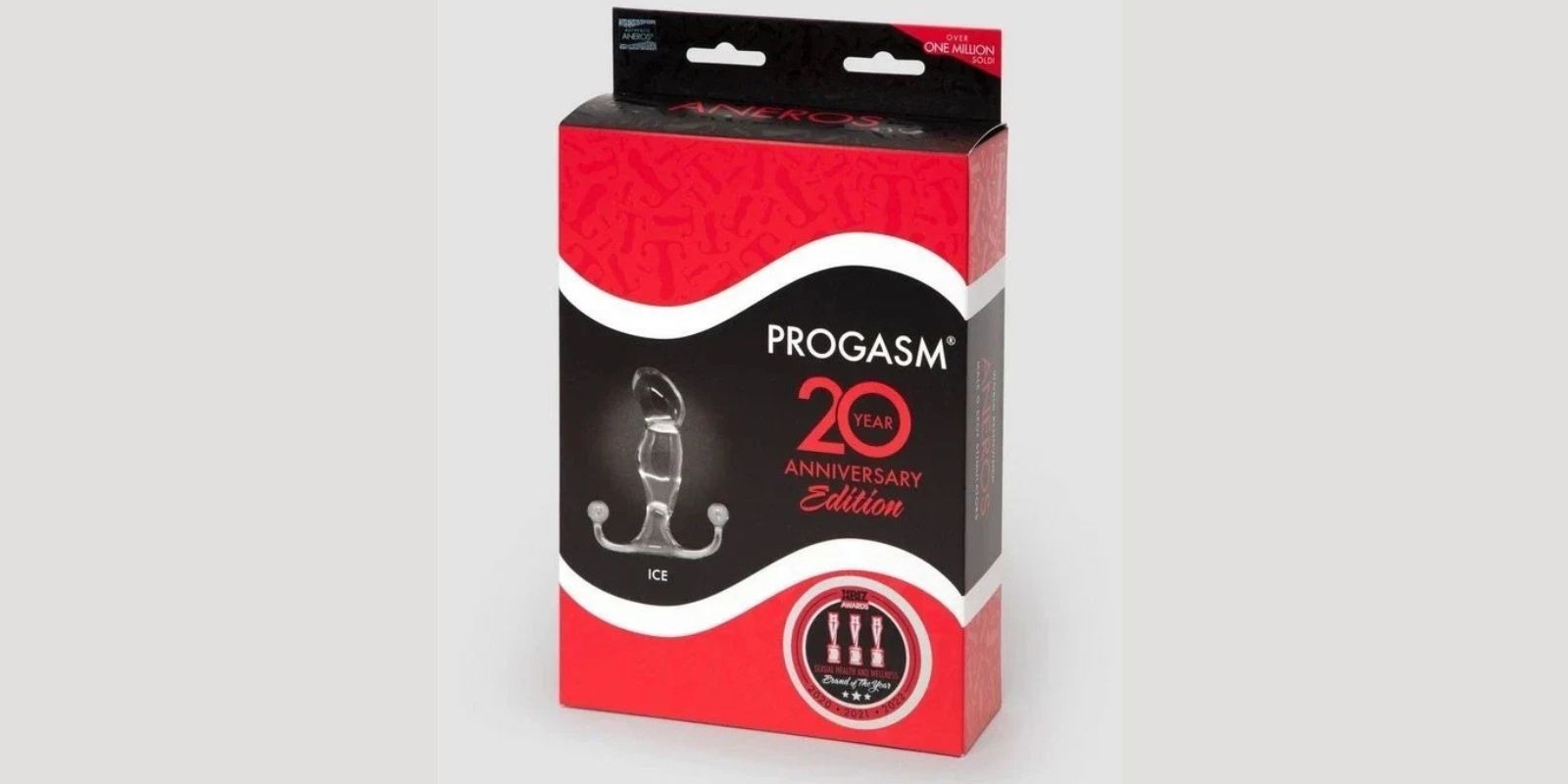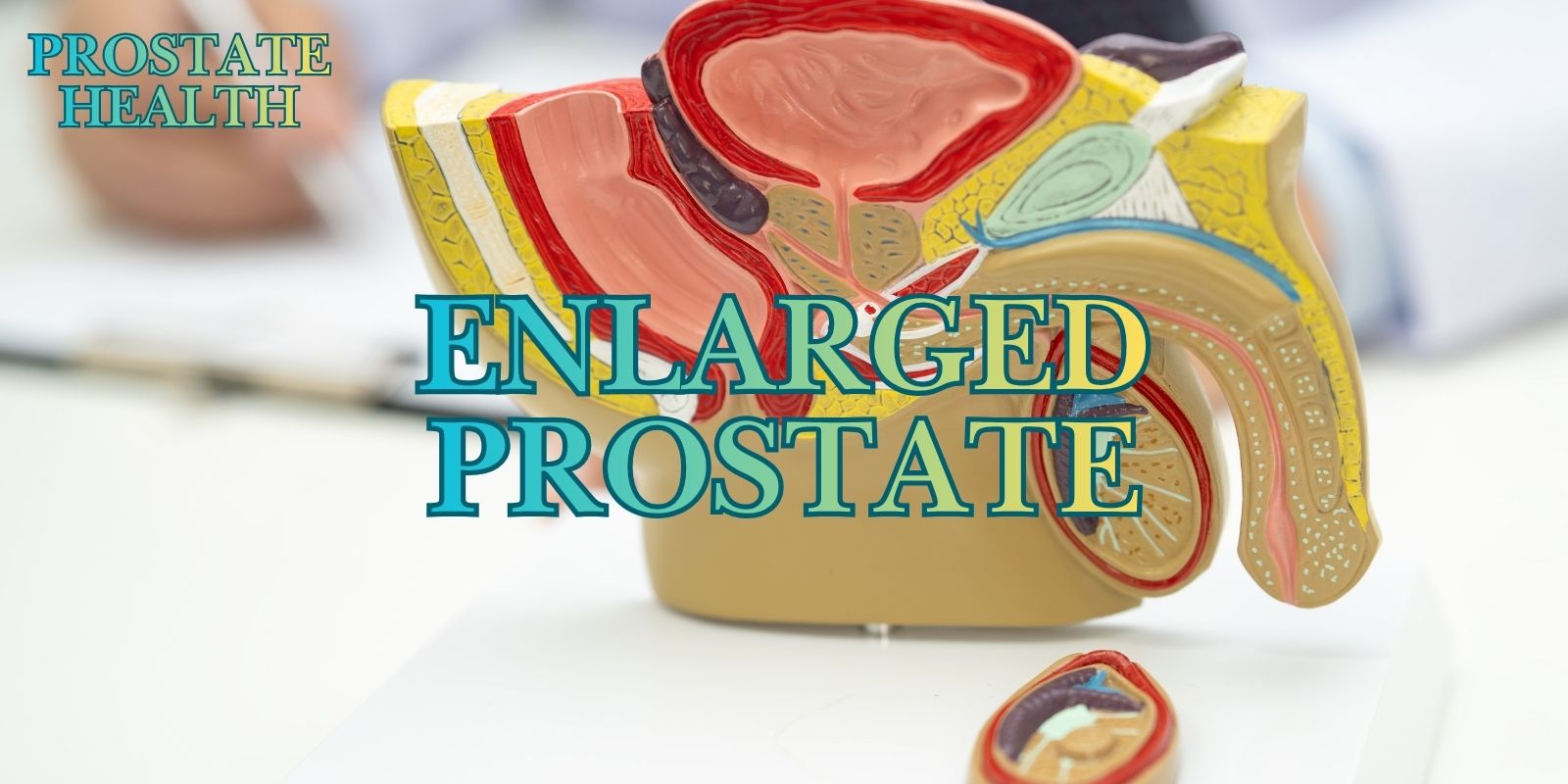Enlarged Prostate: Causes, Symptoms & Effective Treatments
An enlarged prostate, also known as benign prostatic hyperplasia (BPH), is one of the most common men’s health concerns, especially after age 50. It can cause frustrating urinary symptoms that disrupt everyday life, sleep, and wellbeing. Understanding why it happens and how to treat it is the first step toward taking control of your prostate health.
Table of Contents
- What Is an Enlarged Prostate?
- What Causes an Enlarged Prostate?
- Common Symptoms of Enlarged Prostate
- How Enlarged Prostate Is Diagnosed
- Effective Treatments for Enlarged Prostate
- Lifestyle Changes to Support Prostate Health
- Key Takeaways
- Frequently Asked Questions
- Empowering Your Prostate Health Journey

What Is an Enlarged Prostate?
The prostate is a walnut-sized gland located below the bladder. Its main function is producing seminal fluid. As men age, the gland can grow larger. This enlargement can squeeze the urethra and interfere with proper urine flow, leading to bothersome urinary issues.
BPH is non-cancerous and does not mean prostate cancer; however, both share similar symptoms. That’s why regular screenings are essential, such as the guidance shared in Checking Your Prostate, where men can learn when and how to monitor their prostate health.
Millions of men worldwide are affected by BPH, making awareness and early action key to avoiding complications such as bladder infections and long-term urinary retention.
What Causes an Enlarged Prostate?
Hormonal changes play a major role in prostate enlargement. As testosterone levels shift with age, the balance between different hormones becomes uneven, triggering prostate tissue growth. These changes are natural and usually begin around middle age.
Genetics can also influence prostate size. Men with close family members experiencing BPH are more likely to develop the condition themselves. Ethnicity may contribute as well, with some groups facing higher risks and earlier symptom onset.
Other factors such as poor metabolic health, obesity, and inactivity may increase the likelihood of prostate enlargement. You can explore tips to protect prostate wellness in this helpful guide: How to Maintain a Healthy Prostate.
Common Symptoms of Enlarged Prostate
Most symptoms are related to urination. Men often notice a weaker stream or trouble starting their flow. They may also feel like their bladder never fully empties even after urinating. This leads to repeated trips to the bathroom during both day and night.
Nocturia, or waking multiple times at night to urinate, becomes one of the most frustrating issues. Poor sleep affects mood, focus, and overall wellbeing. As the condition progresses, the urgency to pee may increase suddenly and intensely.
Some men feel pressure or discomfort near the bladder area. These symptoms can slowly worsen over time, so monitoring changes and seeking medical advice early can prevent complications.
How Enlarged Prostate Is Diagnosed
Doctors typically begin with a discussion about symptoms and medical history. They may perform a digital rectal exam (DRE) to feel the prostate size and check for abnormalities. This process is quick and provides essential first insights.
Additional tests can include urine flow studies, blood work to assess prostate-specific antigen (PSA), and imaging scans if needed. These tools help differentiate BPH from other urinary issues or prostate cancer concerns.
Men are encouraged to get routine screenings, especially when risk factors are present. Preventive education is available through resources like How Can I Prevent Prostate Cancer?, offering guidance on regular checkups and proactive care.

Effective Treatments for Enlarged Prostate
Many men start with medications that relax prostate muscles or shrink gland size. These options can improve urine flow and bladder comfort within weeks. Doctors tailor treatment based on severity and overall health conditions.
When medications are not enough, minimally invasive procedures may help. These include heat therapy, laser techniques, and implant devices that open the urinary pathway. These solutions often allow for faster recovery compared to traditional surgery.
In rare or severe cases, surgical removal of part of the prostate may be recommended. The goal is always to improve quality of life, reduce urinary retention, and prevent long-term bladder damage. More guidance is available from leading medical authorities such as the NIDDK and Mayo Clinic.
Lifestyle Changes to Support Prostate Health
Diet plays a major role in reducing inflammation and protecting urinary function. Foods rich in antioxidants such as tomatoes, leafy greens, and berries help support hormone balance and prostate tissue health. Reducing caffeine and alcohol can also lessen nighttime awakenings.
Physical activity improves circulation, hormone metabolism, and weight management. Regular walking, pelvic exercises, and resistance training help strengthen the muscles involved in urination, reducing leakage and improving bladder control.
Staying hydrated smartly is important. Drinking enough water prevents irritation but avoiding large amounts late in the evening reduces nocturia. Small everyday adjustments like these contribute to a more comfortable and confident life.
Key Takeaways
- An enlarged prostate is common with age and usually non-cancerous.
- Hormones, genetics, and lifestyle can increase the risk of BPH.
- Symptoms include weak stream, urgency, and frequent nighttime urination.
- Diagnosis involves physical exam, PSA testing, and urinary studies.
- Treatments range from lifestyle changes and medication to minimally invasive procedures.
Frequently Asked Questions
Can an enlarged prostate go away on its own?
It usually does not shrink naturally, but symptoms can improve with treatment and lifestyle changes that support urinary health.
Is an enlarged prostate a sign of cancer?
BPH is not cancer, but both can share similar symptoms, so regular screening is important for early detection of any serious issues.
What age do prostate problems usually start?
Prostate enlargement commonly begins after age 40 and becomes more noticeable as men reach 50, 60, and beyond.
Can exercise help improve enlarged prostate symptoms?
Yes, staying active helps regulate hormones and reduce urinary issues, while also supporting metabolic and cardiovascular health.
What happens if BPH is not treated?
Untreated BPH can worsen and lead to bladder damage, infections, and difficulty fully emptying the bladder, requiring more advanced care later.
Empowering Your Prostate Health Journey
Your prostate health matters, and you deserve relief, confidence, and restful nights. Recognizing the early signs of an enlarged prostate allows you to take action before symptoms become overwhelming. Whether through lifestyle changes, medical treatments, or preventive screenings, every step you take is a move toward comfort and long-term wellbeing.
Explore trusted guidance, stay informed, and partner with your healthcare provider. Supporting your prostate today helps protect your freedom and quality of life for years to come. Prioritize your health and take the lead in understanding what your body needs to thrive.


